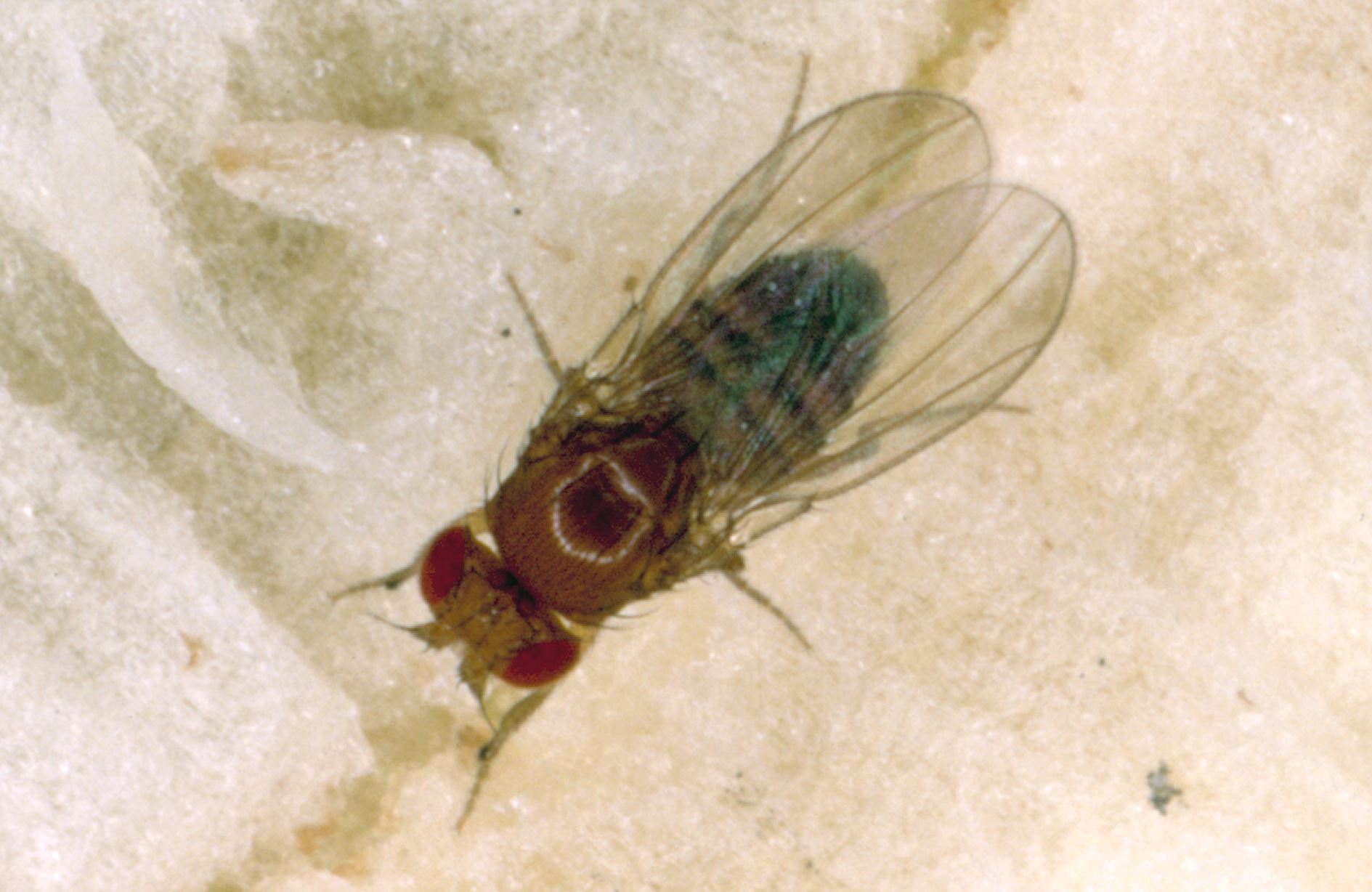Drosophila DmP29
We investigated the role of a putative 29 kDa JHE binding protein (P29) in relation to the biology of juvenile hormone esterase (JHE), which helps to regulate the titer of juvenile hormone and hence insect larval development. Disruption of the intracellular trafficking of JHE has potential as a target for development of novel insecticides.We worked with both the tobacco hornworm Manduca sexta, and the fruit fly Drosophila melanogaster as model systems for the study of P29.
We established that overexpression in Drosophila melanogaster of the JHE binding protein, DmP29 results in a series of apparent anti-JH effects (Liu Z, Li X, Prasifka JR, Jurenka R, Bonning BC. 2008. Overexpression of Drosophila juvenile hormone esterase binding protein results in anti-JH effects and reduced pheromone abundance. Gen. Comp. Endocrinol. 156: 164-172.). Overexpression of DmP29 during the first or second instar was lethal, while overexpression during the third instar resulted in eclosion of small adults. Overexpression of DmP29 in newly eclosed flies reduced ovarian development and fecundity in addition to reducing the abundance of aggregation pheromone in males and courtship pheromone in females. Females exhibited reduced receptivity to mating, and males exhibited male-male courtship behavior, with both sexes being hyperactive.
These videos of Drosophila aberrant courtship behavior ( I, II and III) by Dr. Zhiyan Liu show hyperactivity and male-male courtship behavior in flies with overexpressed DmP29. Pheromones that normally inhibit male-male courtship interactions are absent in these flies. The extended wings (“singing”) are associated with Drosophila courtship behavior, and lines of males are present, each of which are attempting to court the male in front.

